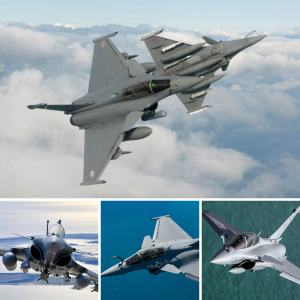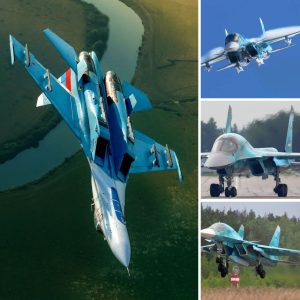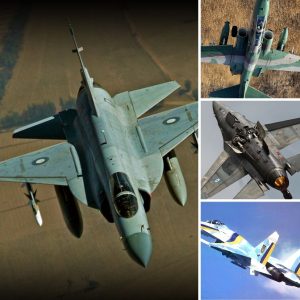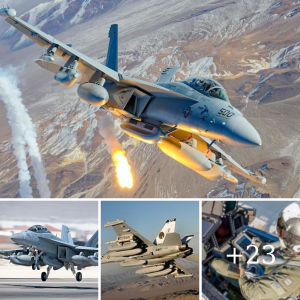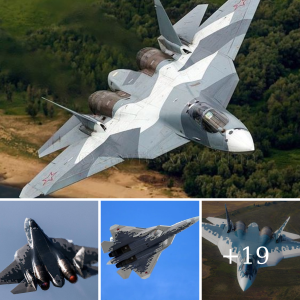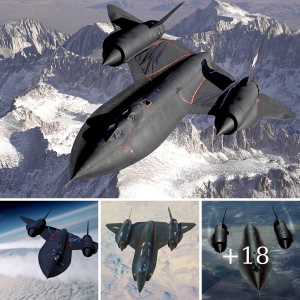In the ever-evolving world of military aviation technology, the Kawasaki T-4 stands out as a proud symbol of Japan. Nicknamed the “Little Falcon,” this aircraft not only plays a crucial role in training pilots but also carries the mission of protecting the nation’s skies.

History of Development
The Kawasaki T-4 was developed in the mid-1980s with the goal of replacing the aging aircraft serving in the Japan Air Self-Defense Force (JASDF). The prototype made its maiden flight in 1985 and quickly became Japan’s primary training aircraft. With its delta wing design and twin engines, the T-4 offers stable, agile flight and is particularly easy to control—essential qualities for a trainer aircraft.

Sophisticated Design and Superior Capabilities
The Kawasaki T-4 features a compact yet powerful design. With its lightweight frame and advanced avionics, it allows pilots to easily master basic and advanced flying maneuvers. The T-4 is equipped with two Ishikawajima-Harima F3-IHI-30 engines, giving it a maximum speed of 1,038 km/h and a range of 1,660 km—more than sufficient for effective training missions and airspace patrols.
A Special Role in Japan’s Air Force
What makes the T-4 unique is its dual role in the JASDF. In addition to training duties, the T-4 is also used by the Blue Impulse, Japan’s renowned aerobatic demonstration team. With breathtaking aerial displays, the T-4 has become an integral part of military events and air shows across Japan.
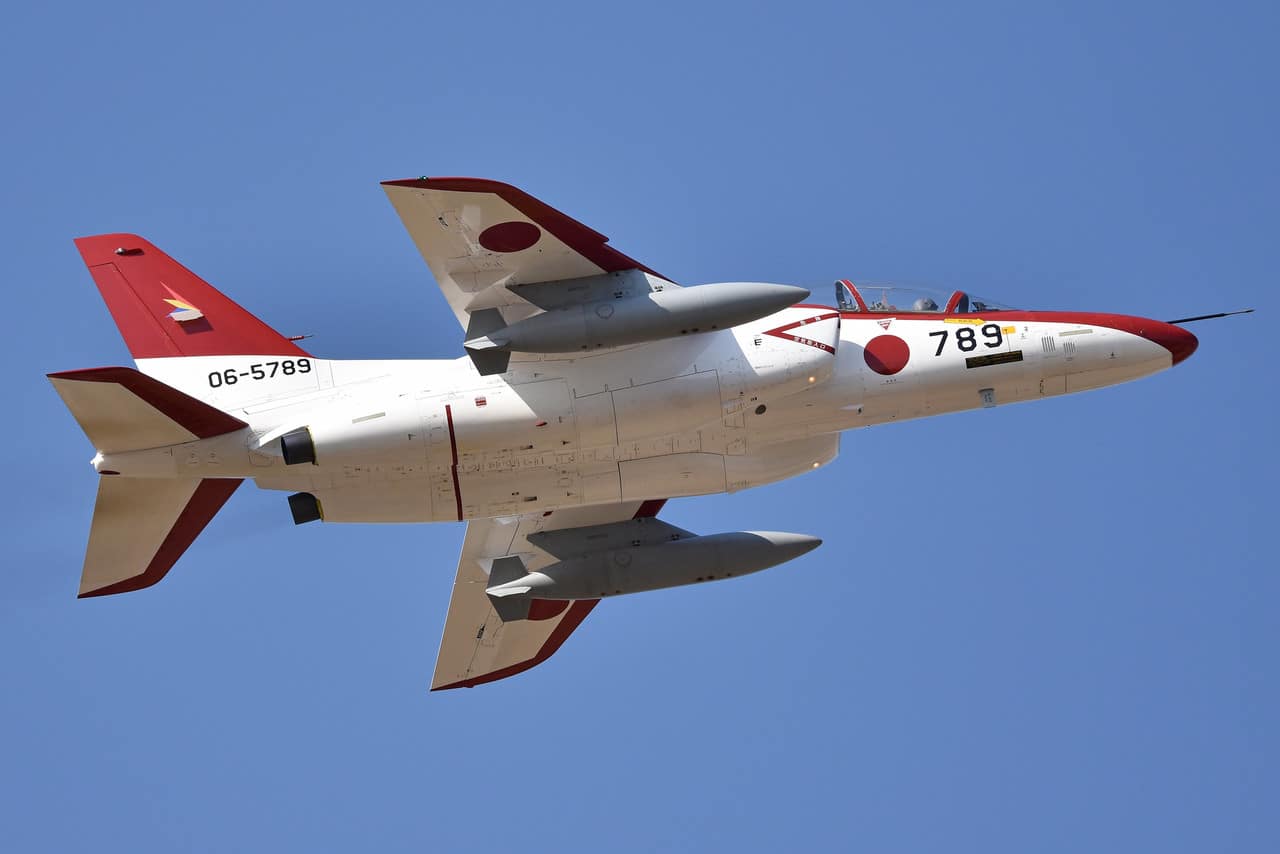
Conclusion
The Kawasaki T-4 is more than just a training aircraft; it is a symbol of Japan’s pride and technological prowess. In a world where air security is of paramount importance, the “Little Falcon” T-4 continues to assert its position, serving as a steadfast mentor for young pilots and a silent guardian of Japan’s skies.
